In a time of hyper-incarceration where at least 70 million people have a criminal conviction on their records, storyteller Sherrill Roland of our November Greensboro lab created a project that combats stigma, and puts him in charge of his past. Sherrill is an artist and graduate student at UNC-Greensboro. Stigma surrounds incarceration and follows returning citizens after they are released, even if they were incarcerated for a crime they did not commit. This was Sherrill’s experience.
2015 was a record-breaking year for wrongful convictions. By the end of the year, 149 people were declared innocent or cleared of the consequences of their convictions or guilty pleas. Many of these people had been in prison for a lengthy amount of time, the average being 15 years. Those convictions ranged from low-level offenses to major felonies. 54 of them were murder convictions, and 5 of those formally incarcerated were awaiting execution. Additionally, more than two-thirds of the people wrongly convicted for homicide were people of color. Half of them were African American.
In August 2012, Sherrill was issued a warrant in Washington, DC, explaining that he had 4 felony counts against him pending indictment for crimes he did not commit. After 9 months, an indictment was never issued and the felony charges were dropped to misdemeanors. In October 2013, he went to trial and lost, and 10 months later he was released from state prison. Almost a year and a half after being released, he was exonerated of all charges and granted his bill of innocence.
Understandably, Sherrill was greatly impacted by his wrongful conviction, finding it difficult to move past the trauma that he had faced. His graduate studies were interrupted, he was taken from his friends and family, and the conviction caused a roadblock in his career. There was no way that he could forget or ignore what had happened to him. At the lab he stated,
“After going through that, I really couldn’t maneuver though life with what I just went through. Trust issues, being inside, living that lifestyle and coming back out… I could not get used to the idea of ignoring what I had just experienced.”
Sherrill, an artist, took the idea of stigma and turned it inside out. He created The Jumpsuit Project. It is currently taking place throughout the 2016-17 academic school year at University of North Carolina at Greensboro, where Sherrill teaches art. At our lab he noted that he didn't have the same appetite to make art as he did before, which was devastating for him. In an effort to fight back against stigma and his artistic blockage, The Jumpsuit Project is a socially engaged art project designed to raise awareness about issues relating to incarceration. He and other previously incarcerated staff members and students wear orange jumpsuits around the campus as a visual representation of what they endured in an effort to share their stories publically. On his website, he poignantly writes,
“For more than three years, I was forced to relinquish control of my life. Through this very personal project, I want to provide an opportunity for people impacted by incarceration (whether directly or indirectly) to share their stories and to create a new network of support for each other. The stories before, during and after incarceration are usually the ones we don’t share. […] This project will hopefully raise questions about incarceration and start conversations about how it affects our lives.”
Image of Sherrill Roland taken from The Jumpsuit Project's Instagram, @the.jumpsuit.project
Check out www.jumpsuitproject.com to learn more about The Jumpsuit Project and Sherrill’s journey. You can also see photos and updates by following the project’s social media accounts:
Instagram: @the.jumpsuit.project
Twitter: @JumpsuitProject
Facebook public group: Jumpsuit Project
Visit www.MassStoryLab.com to find out how you can help us bring Mass Story Labs to 10 communities in 2017.
By Claire Zager, Mass Story Lab intern


